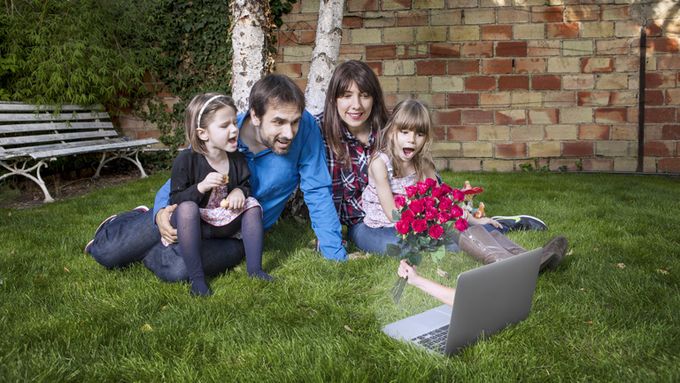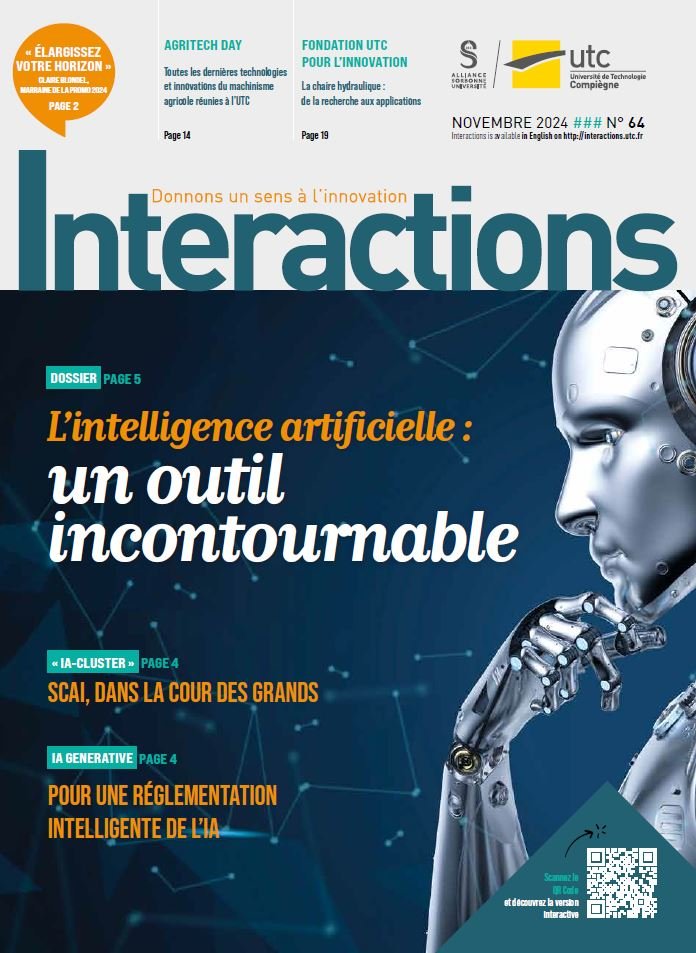These theses that change life: Design and appropriation of a haptic interaction device designed to detect expressions and communication attitudes

An innovation may be stupendous but, if users do not ‘accept’ it fully, it will go down the drain and simply disappear. Take the case of Barthélémy Maillet, who followed the traditional pattern as an engineer, learning how day-to-day objects are designed, built and assembled. He gradually changed his view-point as he was doing his Master’s degree in Industrial Design, followed by a thesis (2006–2010) that covered object design and appropriation by users.
“After I had met with Charles Lenay and the UTC Costech research teams, I wanted to understand how users integrated (or rejected) innovations in their utilizations”, explains Barthélémy Maillet.
His choice of an object was: how tactile devices are introduced in the world of computer sciences and their applications. “This feature is not limited to common tactile practice on smartphones, but includes the possibility of having a new device that can convey sense via touch”. Thanks to his engineering training skills, Barthélémy Maillet designed a small apparatus somewhat like a computer mouse pointer.
To describe it, we see a largish ball with sensors equipped with a vibrator-ventilator and tactile stimulators that resemble braille picots. The ball also contains an accelerometer and a pressure sensor. Its name? Phatic for Haptic (the adjective for non-verbal connotation) Perception of Communication Attitudes.
However designing the ball is not enough: you also have to think seriously and practically about the language associated with this tool. By studying on-line message exchanges, Barthélémy Maillet studied the cases of twinned persons working with 5 basic emotions – fear, sadness, joy, disgust, anger. “What I did was show one of the partners a specific set of images, e.g., from a horror film and he /she was then asked to transpose his/her emotions in a tactile manner”.
Then Barthélémy Maillet left the Haptic devices with his guinea pigs for between 15 days and 1 month and visited them on a regular basis to question them and see if the use of the devices made them feel closer to the partners. “What transpired from the investigations was the importance of synchronizing interactions. When one partner does something else, it is perceived as frustrating: this can be expressed by sending a whiff of air from the fan”.
This use of experimental psychology allows the scientist to anticipate other uses. Today, in his capacity of ‘telecom’ interaction designer, Barthélémy Maillet, indeed uses this framework of thought when it comes to proposing new ideas. In parallel, his research also relies on technologies already used by blind persons and which also serve to help imagine new ways for blind and non-blind person to communicate “on a par or equal opportunity basis”.




